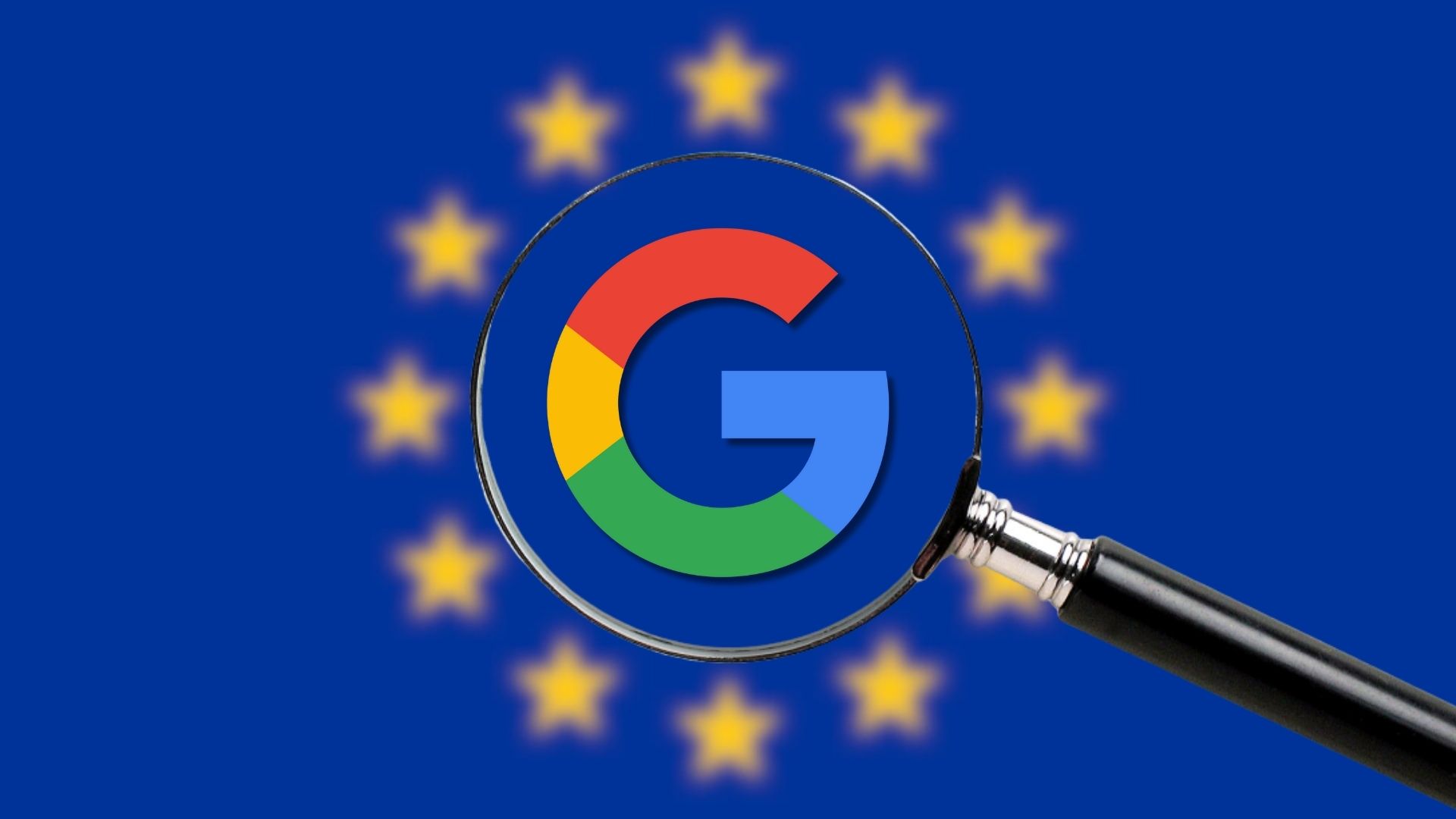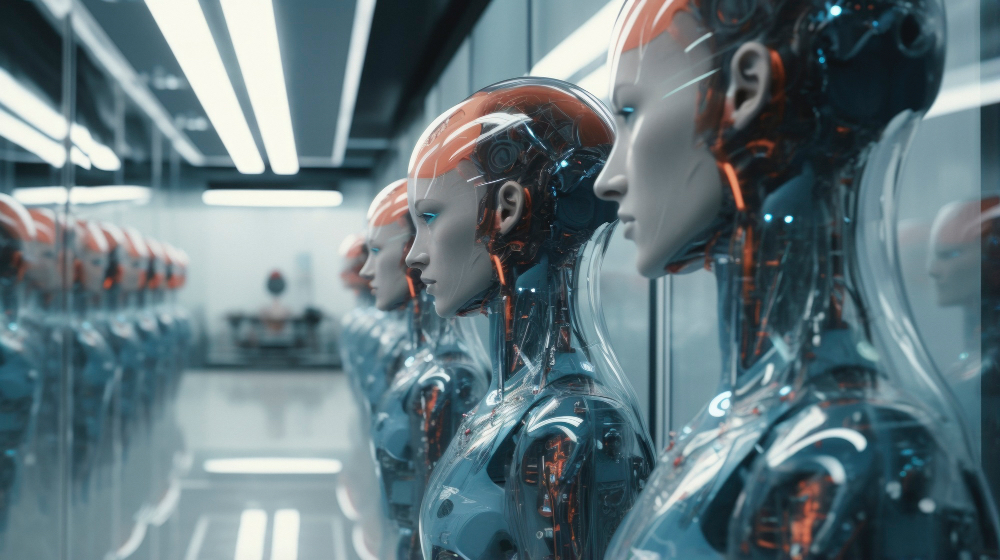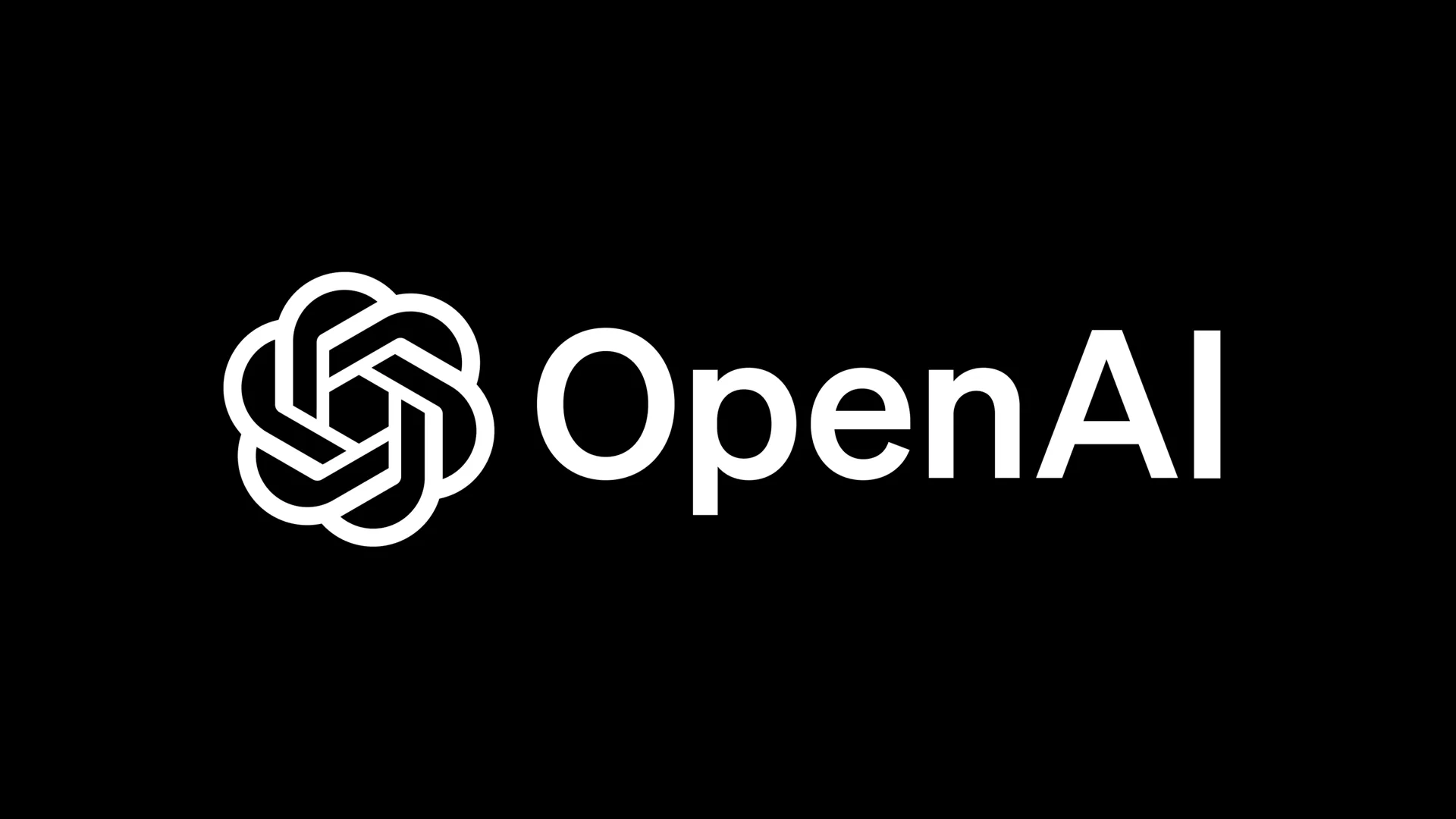Meta has agreed to introduce a less personalised ads option for Facebook and Instagram users in the EU, as part of efforts to comply with the bloc’s Digital Markets Act and address concerns over data use and user consent.
Under the revised model, users will be able to access Meta’s social media platforms without agreeing to extensive personal data processing for fully personalised ads. Instead, they can opt for an alternative experience based on significantly reduced data inputs, resulting in more limited ad targeting.
The option is set to roll out across the EU from January 2026. It marks the first time Meta has offered users a clear choice between highly personalised advertising and a reduced-data model across its core platforms.
The change follows months of engagement between Meta and Brussels after the European Commission ruled in April that the company had breached the DMA. Regulators stated that Meta’s previous approach had failed to provide users with a genuine and effective choice over how their data was used for advertising.
Once implemented, the Commission said it will gather evidence and feedback from Meta, advertisers, publishers, and other stakeholders. The goal is to assess the extent to which the new option is adopted and whether it significantly reshapes competition and data practices in the EU digital advertising market.
Would you like to learn more about AI, tech, and digital diplomacy? If so, ask our Diplo chatbot!










